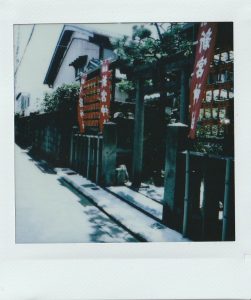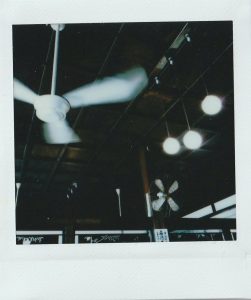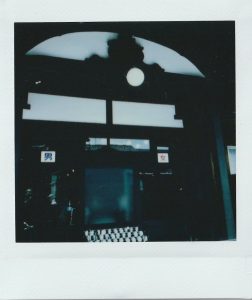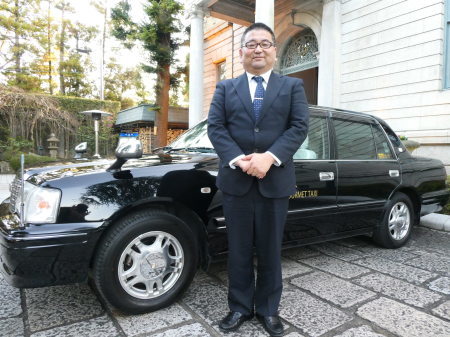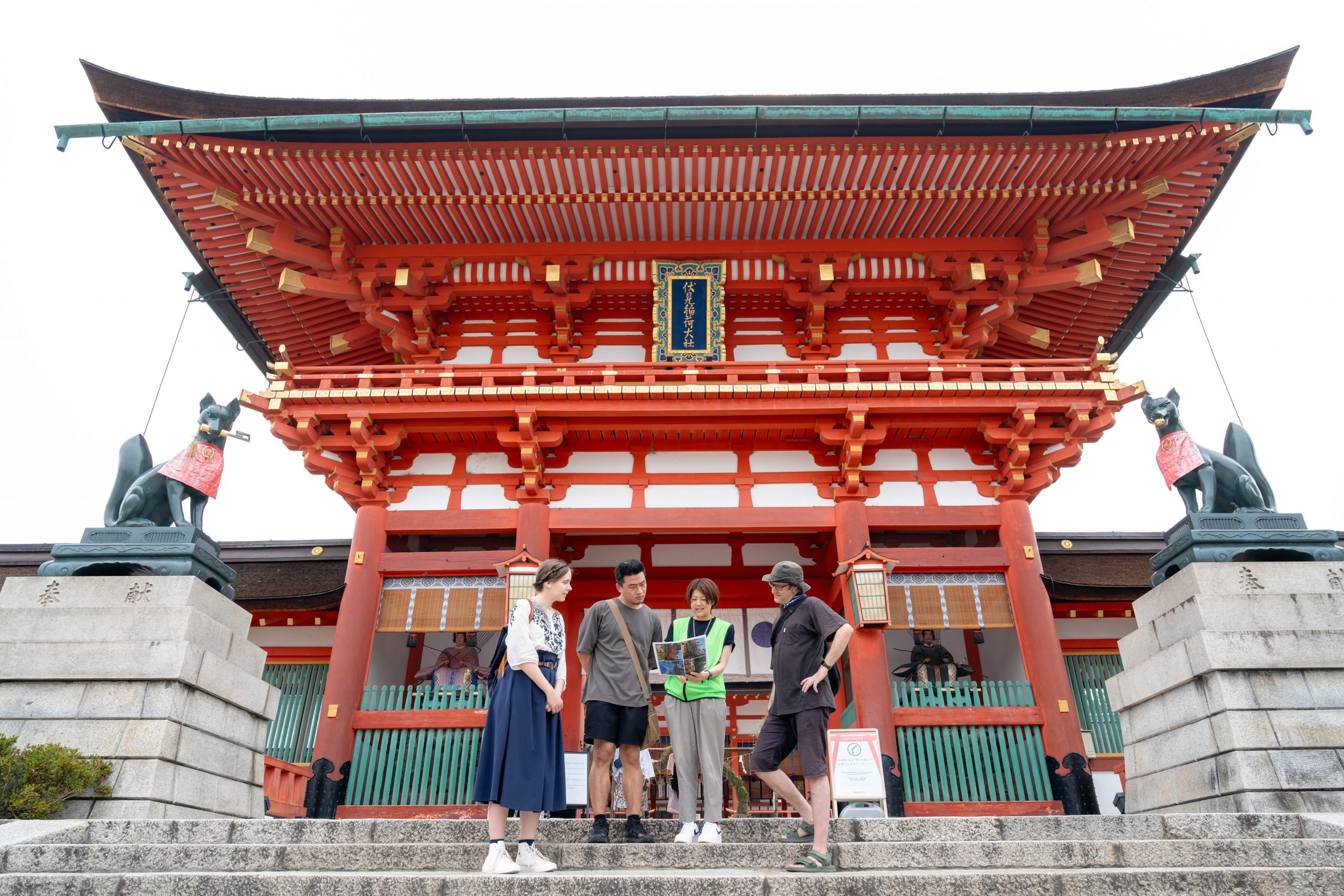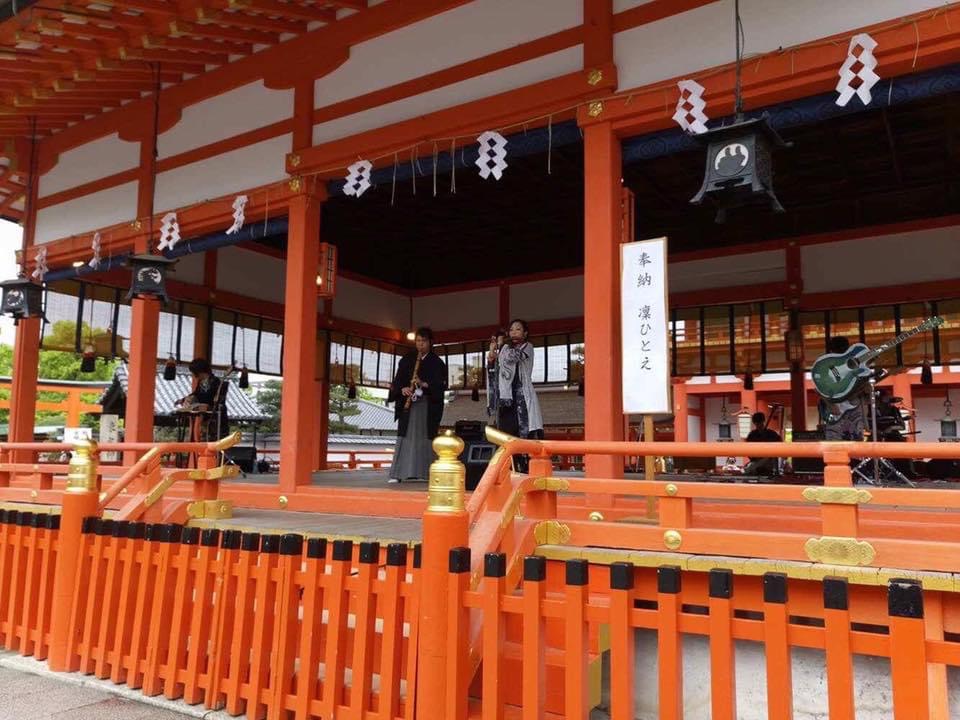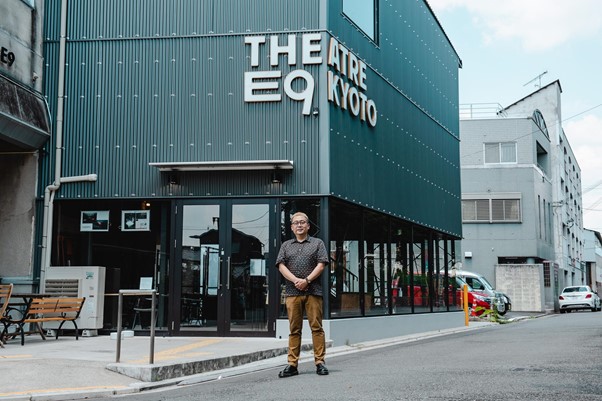
In this article we will introduce an area in Kyoto City called Higashi Kujo, which is about a fifteen-minute walk southeast from the Hachijo Gate of Kyoto Station.
This area has not been much of a sightseeing destination because it used to be covered with large-scale housing projects. Yet, this area is currently among the top of the list of areas in Kyoto where interesting changes are expected to come in relation to the City’s efforts to promote cultural activities and arts, and also because of the planned relocation of the Kyoto City University of Arts to a neighboring area in 2023.
Our guide to Higashi Kujo is Yota Kageyama, the manager and one of the founders of THEATRE E9 KYOTO, a small, privately-run theater that has recently opened here.
Navigator: Yota Kageyama
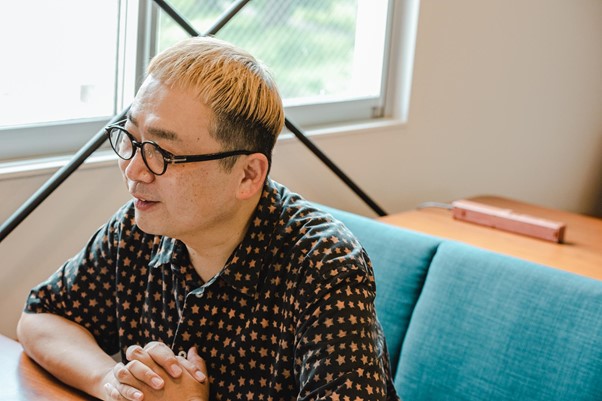
Mr. Kageyama has been involved in the establishment of many large, widely recognized theaters in Japan. These include the ROHM Theatre Kyoto of Kyoto City, the Kanagawa Arts Theater (KAAT) run by Kanagawa Prefecture, and the Matsumoto Performing Arts Centre run by Matsumoto City in Nagano Prefecture.
Mr. Kageyama was born in Kyoto but later lived in Osaka. During his college years, he made a decision to pursue culinary arts and underwent training at a Japanese restaurant faraway in Sapporo City, Hokkaido. But despite having no experience in performing arts, various events eventually led him to become an employee of the Haiyuza Theater in Tokyo.
Although performing arts and culinary arts may seem dissimilar, Mr. Kageyama says, “Both food and performances, including their forms, are things that remain only in our memories. In the case of food, sometimes the memory of its deliciousness is even stronger than how it was experienced at the time. Live performance at a theater can be very similar. So, in a sense, I didn’t feel like I had crossed into a completely different world.”
Mr. Kageyama began to visit Kyoto for work related to performing arts in the 1990s. He recalls that Kyoto had a lively performing arts scene at the time, with small theaters holding performances by artists that included the multimedia-performance pioneer Dumb Type, and Hideo Tsuchida with his theater company MONO, which has been operating for over thirty years to date.
For a time, it seemed like Kyoto’s performing arts scene was expanding. However, from around five years ago long-standing, small theaters began to close down one after another as their buildings or their owners aged.
Mr. Kageyama recalled his thoughts at the time. “I thought the disappearance of small theaters would affect the future of performing arts in Kyoto. If there are no small theaters, there are no places for many artists to initiate in start-up projects or experimental works. It makes it difficult for new types of works or artists to emerge from Kyoto. It is not the large theaters but the small ones that have been the breeding ground for artists like Dumb Type that do not confine themselves to certain categories,” he said.
THEATRE E9 KYOTO, a black box type, small theater that seats about a hundred people, opened in 2019. Its slogan has been to make “a theater that will last for 100 years,” and the efforts to fulfill this slogan have not ended with the completion of the venue itself. Mr. Kageyama is actively engaging in interaction with the local community, where embracing cultural diversity has historically been pivotal, to make the area a place where both those who live in it and those who visit can enjoy themselves more.
We asked Mr.Kageyama to guide us through this area that is in the midst of a transformation.
Characteristics of the Higashi Kujo area
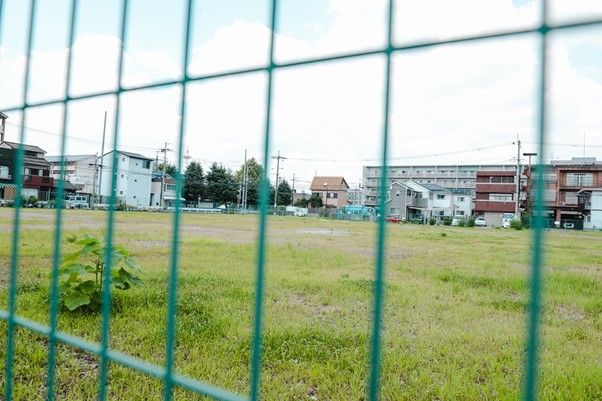
An area where once stood a large housing complex is now an open lot.
“The Higashi-Kujo area is expected to change drastically in the coming few years, more than anywhere else in Kyoto,” Mr. Kageyama says.
In THEATRE E9 KYOTO’s neighborhood, among shops and houses, are large, grass-covered lots and some buildings that are in the process of being torn down. This area has had various historical issues which coincided with residential environment issues. There used to be many houses and city-run housing complexes, but the area eventually depopulated as the city’s population declined and aged. When these buildings were eventually torn down, the lots were left bare without anybody to use them because the local administration still designated this area a district reserved for residential use.
However, now it is able to construct non-residential buildings and the area is in the middle of a large transformation towards more interaction among residents and visitors around cultural activities and art.

Near THEATRE E9 KYOTO, along Kamo River, is a bridge (the flat bridge behind the arched bridge) that was used in the film Break Through! (Pacchigi!)
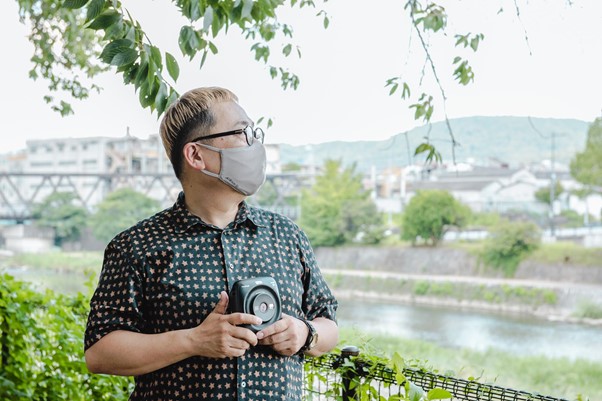
Mr. Kageyama says that the arches of cherry blossoms cascading from the sakura trees are beautiful along the river in spring.
Forging bonds with the community
“Art and theater are cultural elements that usually exist outside daily life. In retrospect, I think that other communities wouldn’t have embraced it in the way that this one has,” says Mr. Kageyama.
Higashi Kujo is a little different from typical residential neighborhoods in Japan, having a relatively high (by Japanese standards) level of cultural diversity. Mr. Kageyama’s theater project might not have blended into typical Japanese residential communities as well as it did here. Nevertheless, at the time of planning the small theater, his first goal was to make sure he could gain understanding and acceptance from members of the community.
For over two years prior to opening the small theater, Mr. Kageyama spent time forming bonds with the community by talking to the residents, participating in local festivals, inviting artists from Kyoto to co-create works with locals and holding events using the empty lots. The theater has now opened, but the interaction continues, he says.

Takase River, where Mr. Kageyama takes part in river-cleaning that also helps him to interact with locals and college students in the area.

Pieces of ceramic scattered among stones on the riverbed. Students of art colleges use these in their artworks sometimes.
Integrating theater culture into the community
Mr. Kageyama is still working to build a sustainable relationship between the theater and the community. “No small theater for modern plays has lasted a hundred years in Japan. In order to achieve this, I thought it would be essential to gain acceptance from the residents, and to make the theater an integral part of the local community. It was necessary to make theater a culture of the community,” he says.
He has created a system to bring more members of the community to the theater. “We offer a special membership called the ‘E9 Area Membership’ to members of the local community. It is a one-year pass for local residents that is more reasonably priced than usual.” Many people from the community have been coming to watch the performances, including some who had not been formerly interested in performing arts, he says. In addition, he held an event in which films were made by groups of local children. As more and more artists come to use the theater, and as more audiences come from outside the area, there have been opportunities to expand the sphere of interaction between locals and visitors.
Mr. Kageyama shared his hopes for the future of the Higashi-Kujo area. “The Kyoto City University of Arts is coming to the area, so young artists will probably gain attention here. I hope this community will continue to be a place where culture and art is easily accessible by those who live in it.

You will find many parks and playgrounds while walking around, as the area has been a exclusively residential district.

Mr. Kageyama held a film-making event with local children at a local community center, Kyoto City Networking Salon for Community Welfare and Multicultural Exchange.
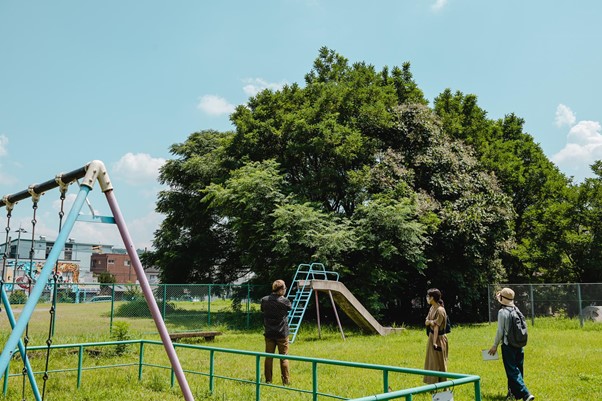
Efforts are also taking place to turn city land including the current Minami Iwamoto Park into a new park.
The interesting places are off the main road
The Higashi-Kujo area has many alleyways where you can discover interesting things. Mr. Kageyama brought us to Coworkation Space Kujo-yu, which is used for a range of activities including art exhibits. Local residents come to relax or do remote work here as well. “Kujo-yu” is the name of the old public bath that this building used to be. It closed down in 2008, but Coworkation Space has kept most of the bathhouse interior the way it was, retaining the old atmosphere. It is intended as a versatile space to promote communication and creative collaboration, where people from overseas could come to socialize or participate in various events as well.
More interesting places, including hubs for various activities like this one, are likely to pop up in this area as more visitors flow in. It could be interesting to explore this area from time to time, to see what new changes have been taking place.
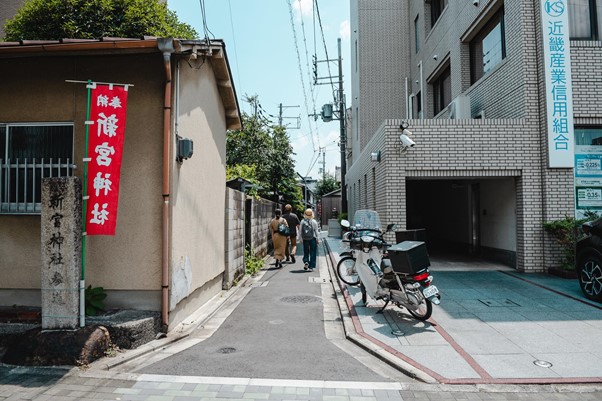
There are many alleys going off from the main street.
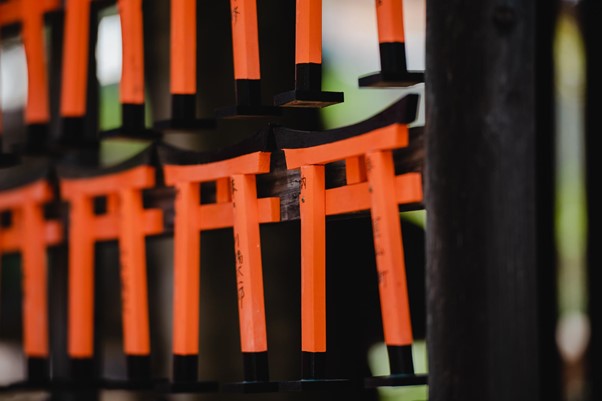
A small shrine in a gap between two houses along an alley.
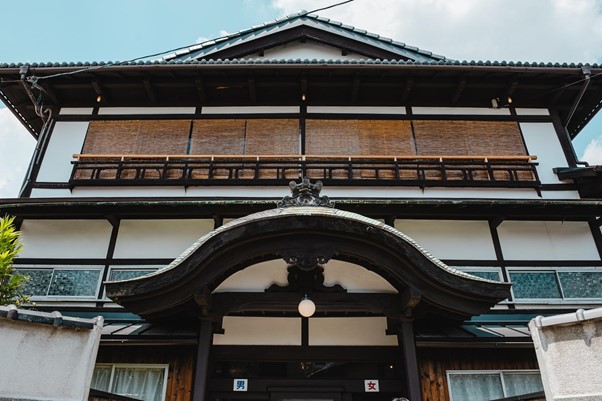
Coworkation Space Kujo-yu, which uses the building of the former Kujo-yu public bath.
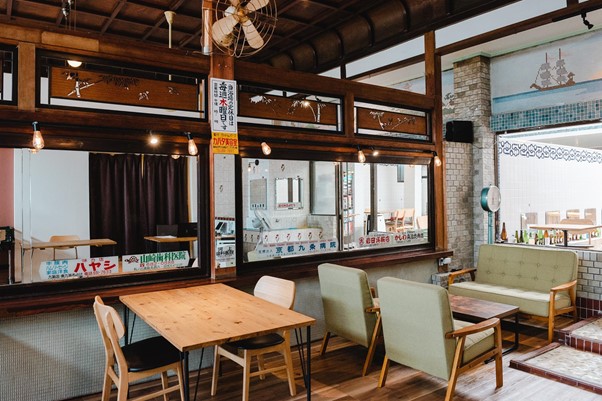
The bathhouse was turned into a space with a café and a gallery while keeping most of the original interior the way it was. It is a place for people to socialize and collaborate creatively.

The colorful basins decorate the space, although no more hot water flows from the taps.
The Higashi Kujo area through Mr.Kageyama’s eyes



